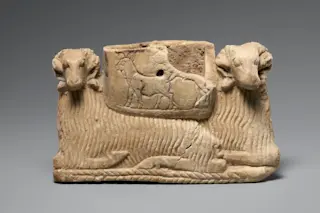A few months ago I listened to Frank Newport of Gallup tell Kai Ryssdal of Marketplace that upper class Americans tend to be Democrats. Ryssdal was skeptical, but Newport reiterated himself, and explained that's just how the numbers shook out. This is important because Newport shows up every now and then to offer up numbers from Gallup to get a pulse of the American nation.
Frankly, Newport was just full of crap. I understand that Thomas Frank wrote an impressionistic book which is highly influential, What's the Matter with Kansas, while more recently Charles Murray has come out with the argument in Coming Apart that the elites tend toward social liberalism. I'm of the opinion that Frank is just wrong on the face of it, but that's OK because he's an impressionistic journalist, and I don't expect much from that set beyond what I might expect from a sports columnist ...













